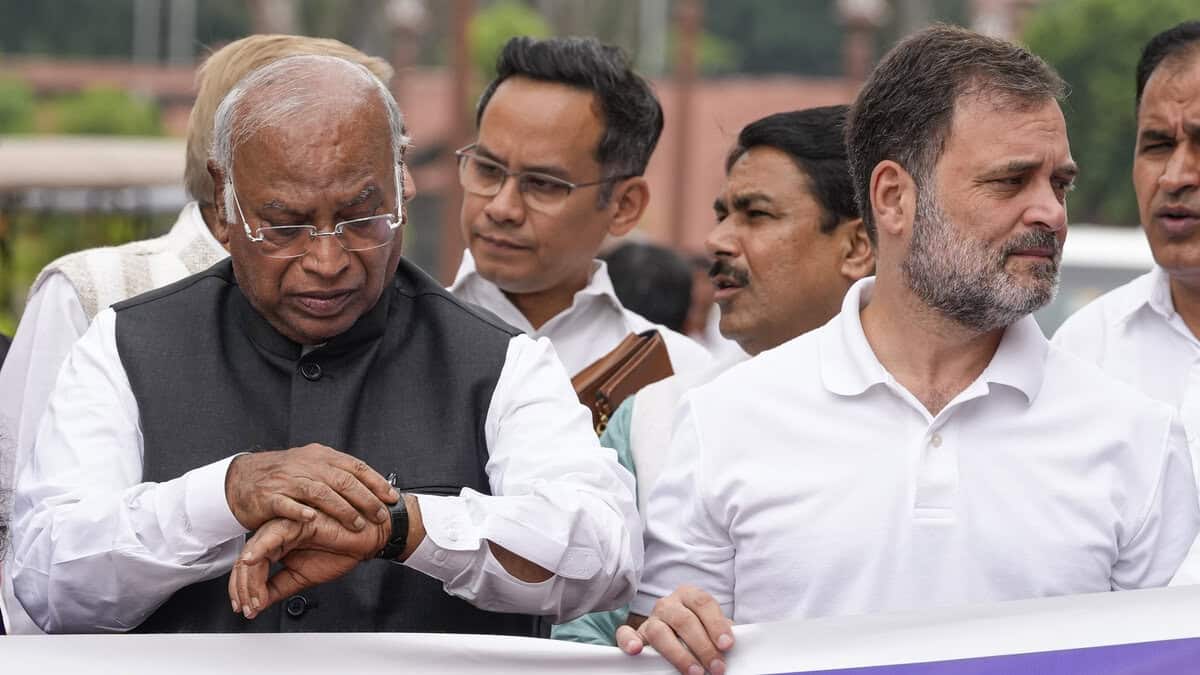Had both services been granted their full requirement of 11 regiments each, the total cost would have escalated to ₹1.12 lakh crore. However, the government chose to scale back.
New Delhi: The Modi government is working relentlessly to upgrade India’s defense capabilities. According to the reports, the Central government has pumped in Rs 3 lakh crore into military modernisation and is on a mission to acquire or indigenously develop fighter jets, submarines and advanced missile systems. One by one, big-ticket purchases are being cleared, and the pace is relentless.
To recall, earlier this month, the Ministry of Defence approved military procurements worth over Rs 1 lakh crore. Among them, Rs 44,000 crore has been set aside for 12 Mine Counter Measure Vessels and Rs 36,000 crore has been sanctioned for six regiments of the Quick Reaction Surface-to-Air Missile system, better known as QRSAM.
It is important to note that these six QRSAM regimenhe QRSAM isn’t just any system. It’s being called the “Baby S-400″, a nod to its smaller size but strategic importance.ts will be split evenly between the Indian Air Force and the Army. However, reports suggest that there is only a fraction of what the armed forces actually asked for.
The Army had requested 11 regiments but received only three. The Air Force’s separate request also went unfulfilled. Had both services been granted their full requirement of 11 regiments each, the total cost would have escalated to ₹1.12 lakh crore. However, the government chose to scale back.
The QRSAM isn’t just any system. It’s being called the “Baby S-400″, a nod to its smaller size but strategic importance.
Baby S-400:
The S-400 is developed by the DRDO
The S-400 is the air defence system that can neutralise enemy aircraft, drones, and missiles within a 30 km radius.
While that range may seem modest compared to the 400 km reach of the Russian-origin S-400 and the 100–200 km envelope of the Akash system, QRSAM’s quick reaction time and battlefield mobility give it a distinct tactical edge.
India currently operates three S-400 regiments, with two more slated for delivery next year.
Operation Sindoor demonstrated the level of aerial defence coordination made possible by these systems, with Indian forces deploying both S-400 and Akash platforms to counter potential threats. However, a gap remained—particularly in effectively responding to drone swarms and low-flying objects in real time.

















































